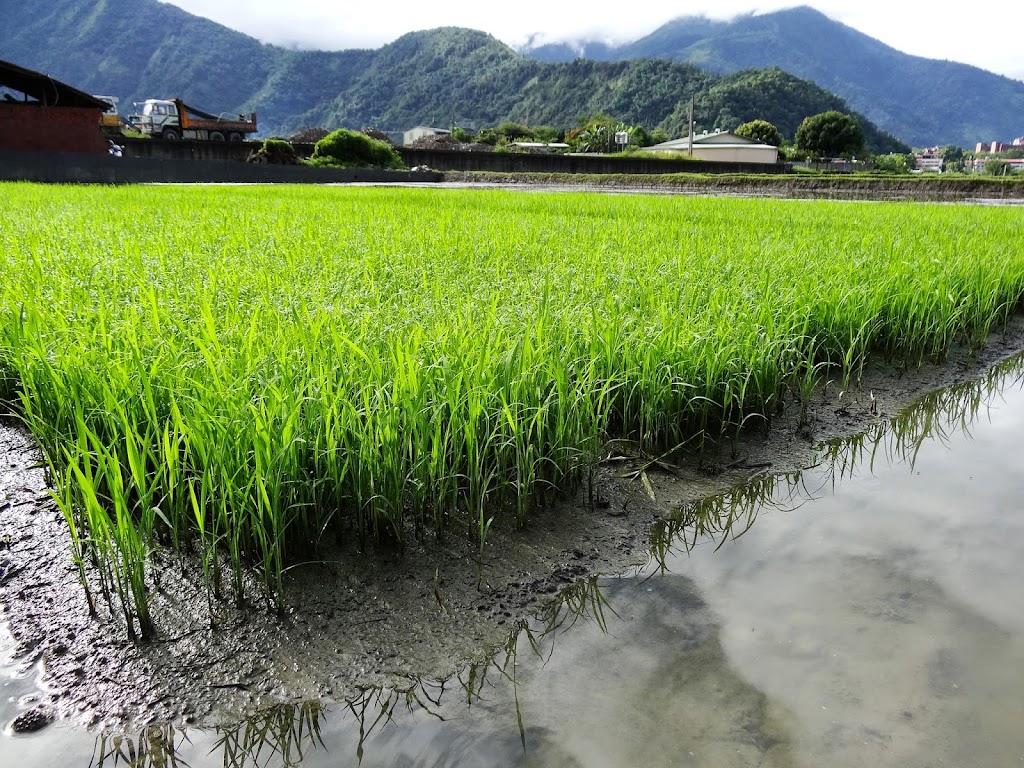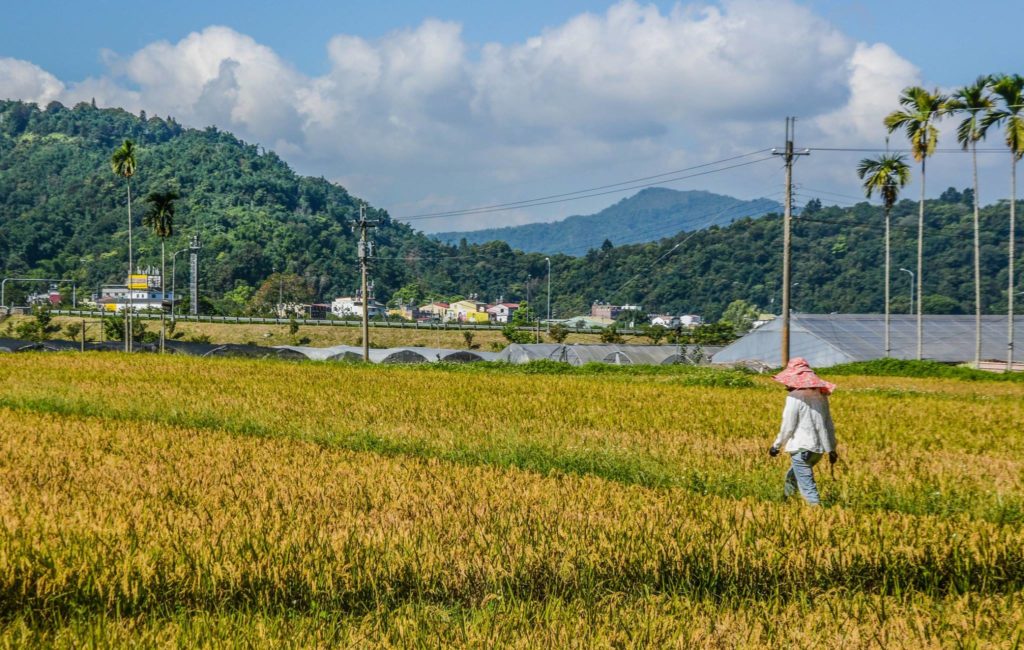Exploring the World of Culinary Delights: The Journey of Food
Food is a universal language that binds us all. It transcend

【Rice Agri-food education】A Brief History of Rice Farming in Taiwan: Neolithic Age, Hezhi Period, and Requesting Period
內容目錄
Toggle不同地區有不同糧食作物,人類從稻米、小麥、芋頭、小米、甘藷、大豆、玉米等,可以攝取到人體所需的熱量。而世界三大穀物就是稻米、小麥、玉米,它們都是禾本科一年生草本植物,我們食用的是它們的種子,這些穀物自古以來就被當成主食和家禽的飼料,與人類一起寫下歷史。
There are different food crops in different regions. Humans can absorb the calories needed by the human body from rice, wheat, taro, millet, sweet potato, soybean, corn, etc. The three major grains in the world are rice, wheat, and corn. They are all annual grasses of the Poaceae family. We eat their seeds. These grains have been used as staple food and poultry feed since ancient times, and they have written history with human beings.

其中稻米是熱帶作物,主要分布在赤道與北緯30度之間,主要產地為亞洲地區,產量約佔全球90%。亞洲的稻米產量高,是因為季風氣候多雨溫暖,適合稻米生長,而且因為水田沒有連作障礙,可以連續多年栽種,保持高度生產力。
Among them, rice is a tropical crop, mainly distributed between the equator and 30 degrees north latitude, mainly produced in Asia, where they produce 90% of the world’s total production. Rice yields in Asia are high because the monsoon climate is rainy and warm, suitable for rice growth, and because paddy fields have no obstacles to continuous cropping, they can be planted for many years and maintain high productivity.
*連作障礙:是指在同一塊田區,連續種植同種或同科作物,會導致產量逐漸減少、病蟲害逐漸增加的情況。一般認為原因是連續種植同一種作物,會導致土壤微生物和養分失衡。
*Continuous Cropping Obstacle: It refers to the situation that continuous planting of crops of the same species or family in the same field area will lead to a gradual decrease in yield and a gradual increase in pests and diseases. The reason is generally believed to be the continuous cultivation of the same crop, which leads to an imbalance of soil microorganisms and nutrients.
南科考古遺址是對分布在台灣南部科學工業園區台南園區各個考古遺址的統稱,而台灣目前發現最早的水稻化石,是由中研院院士臧振華考古團隊,在南科考古遺址發現的稻米化石,距今5000年,可稱為「台灣第一米」,而透過DNA檢驗,得知大部分的米屬於梗稻,且每粒米的大小相近,表示台灣在新石器時代可能已有稻米育種的能力。
The Nanke Archaeological Site is a collective name for the various archaeological sites located in the Tainan Park of the Southern Science Industrial Park in Taiwan. The earliest rice fossils found in Taiwan are the rice fossils discovered at the Nanke Archaeological Site by the archaeological team of Zang Zhenhua, an academician of the Chinese Academy of Sciences. They are from 5000 years ago, which can be called “Taiwan’s first rice”, and through DNA testing, it was found that most of the rice was japonica rice, and the size of each grain of rice was similar, indicating that Taiwan may had the ability to breed rice in the Neolithic Age.
▎延伸閱讀:維基百科-南科考古遺址
Extended reading: Wikipedia- The Nanke Archaeological Site)

雖然台灣在距今 5,000 年前的南科考古遺址,就已經發現稻米化石,但在文字記載上,最早是追朔到 17 世紀荷蘭統治台灣時,有水稻的栽種。
根據1717年「台灣府誌」的記載,當時栽種的稻米是以抗旱多產的「占稻」品系為主,而占稻屬於秈稻(在來米),這些稻米品種隨著漢人移民,從閩粵沿海渡過黑水溝,帶到台灣。而占稻抵抗力、生長力較強,對於早期漢人移民來說,是比較能適應惡劣環境、保持穩定生產的選擇。
Although rice fossils which are from 5,000 years ago have been found at the Nanke archaeological site, in written records, the earliest record of rice cultivation dates back to the 17th century when the Netherlands ruled Taiwan.
According to the records of “Taiwan Prefecture Chronicle” in 1717, the rice planted at that time was dominated by the drought-resistant and prolific “Zhandao” strain, which belonged to indica rice (Zailai rice). Crossing the Heishuigou along the coast of Guangdong, it was brought to Taiwan. The “Zhandao” has strong resistance and growth ability, and for the early Han immigrants, it is a choice that can adapt to harsh environments and maintain stable production.

在明鄭、清朝初期,台灣稻米多一年一穫,農人扣除地租、課稅及其他生活花費,其實真正拿來食用的稻米並不多,大部分農家的主食,是以稻米混合番薯等雜糧,而珍貴的稻米要拿來換取貨幣,以購買生活所需。
在雍正王朝(1678- 1735年)以後,清廷開放稻米在台灣本土販銷,而18世紀以後,中國沿海普遍缺糧,於是台灣稻米便擔任接濟中國各省的角色,此時稻米獲益高,吸引了許多漢人移民投注資金、開墾土地。
然而稻米外銷,中間必須經過數個仲介米商才能到達港口的郊商(如鹿港八郊的泉廈郊),其中「土壟間」可說是將稻米轉化為商品的重要地方,農人會在土壟間,將稻穀去殼,並將去殼稻米換成貨幣,而去殼的稻米因重量變輕,便於運輸與外銷。
▎延伸閱讀:維基百科-鹿港八郊
Extended reading: Wikipedia – Lukang Bajiao
In the early Ming, Zheng and Qing dynasties, Taiwanese rice was harvested once a year. Farmers deducted land rent, taxes, and other living expenses. In fact, there was not much rice that was used for food by the rice farmers themselves. The staple food of most farmers was rice mixed with sweet potatoes, grains, etc. And the precious rice will be exchanged for currency to buy life necessities.
After the Yongzheng Dynasty (1678-1735), the Qing court opened rice to be sold in Taiwan. After the 18th century, there was a general shortage of food along the coast of China, so Taiwanese rice played a role in helping Chinese provinces. At that time, growing rice can be benefited greatly. It has attracted many Han immigrants to invest money and reclaim land.
However, when rice is sold for export, it is necessary to go through several intermediary rice merchants to reach the suburban merchants at the port (such as Quanxia Suburb of the Eighth Suburbs of Lukang). Among them, the “earth ridge room” can be said to be an important place to convert rice into commodities. The rice will be hulled in the “earth ridge room”, and the hulled rice will be exchanged for currency. By the way, the hulled rice will be lighter in weight, which is convenient for transportation and export.
歡迎註明出處並轉載、分享,也歡迎預約雙語米食文化體驗課程喔!
Welcome to indicate the source and share the articles, and also welcome to book a rice culture experience tour with us!
Food is a universal language that binds us all. It transcend
This article explores Betico’s user interface, highlighting
In diesem Artikel werfen wir einen Blick auf die Meinungen v